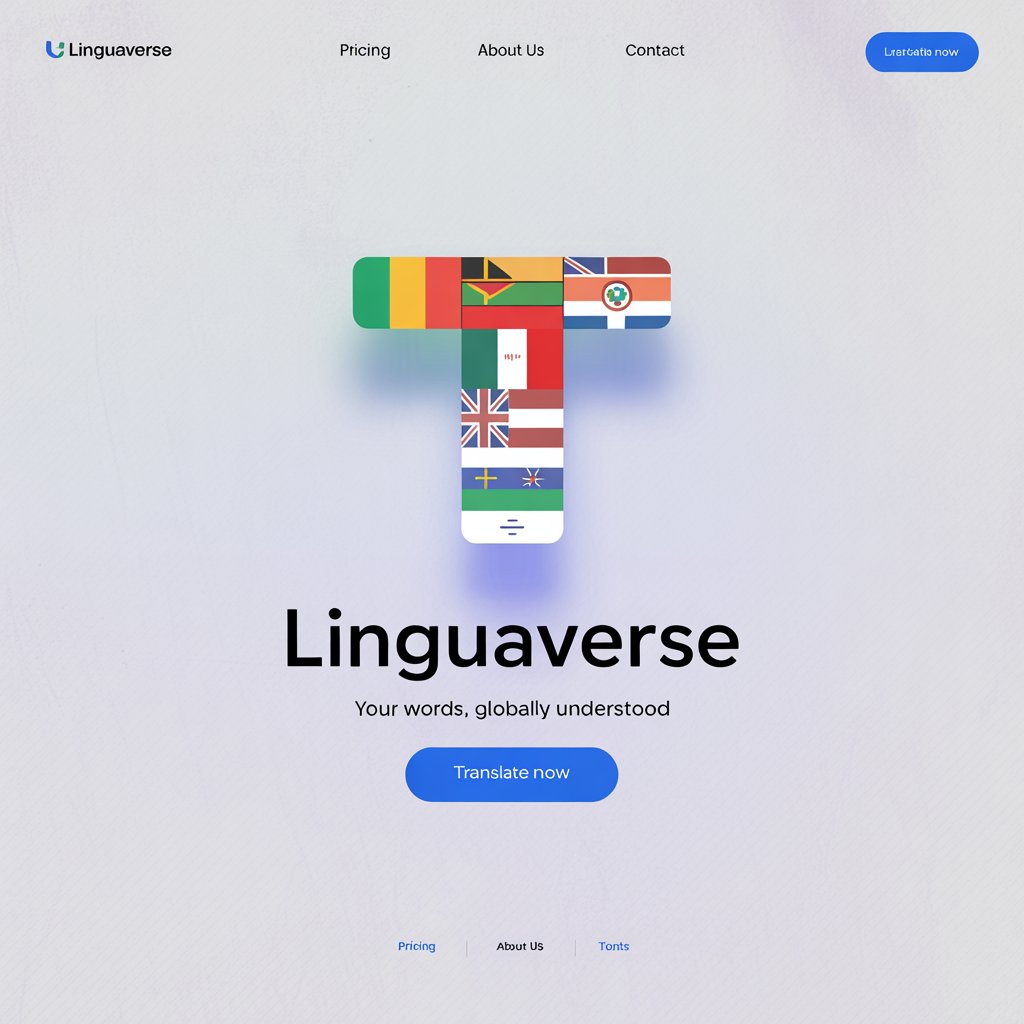The word “go” is a small but mighty syllable, a spark that sets motion into the stories of our lives. I remember standing at a bustling train station in Tokyo, watching people rush past in a blur of purpose, each step a quiet declaration of going somewhere—physically, emotionally, or spiritually.
It struck me how universal this concept is, yet how uniquely it’s expressed across cultures. Whether it’s a journey to a new land, a step toward a dream, or a return home, “go” carries the weight of human ambition, adventure, and connection.
In every language, it’s a word that pulses with life, reflecting the values, histories, and dreams of those who speak it. Let’s embark on a global journey to explore how “go” is said and felt around the world, revealing a universal thread of movement that binds us all.
A Global Reference for “Go”
Below is a table showcasing how “go” is expressed in 15 languages, with insights into their cultural or linguistic significance.
| Language | Word/Phrase for “Go” | Cultural/Linguistic Insight |
| Spanish | Ir | Used in phrases like “¡Vámonos!” (Let’s go!), reflecting a lively, communal call to action. |
| French | Aller | A versatile verb, often tied to expressions of travel or progression, e.g., “aller de l’avant” (move forward). |
| German | Gehen | Implies both physical movement and figurative progress, like “vorwärts gehen” (go forward). |
| Italian | Andare | Evokes a sense of journey, used in poetic expressions like “andare lontano” (go far). |
| Mandarin | Qù (去) | A concise term, often paired with purpose, e.g., “qù xuéxiào” (go to school), emphasizing intent. |
| Hindi | Jā (जा) | Rooted in Sanskrit, it conveys movement and is used in spiritual contexts like “jā to moksha” (go to liberation). |
| Japanese | Iku (行く) | Reflects politeness levels, e.g., “ikimasu” in formal settings, showing cultural nuance in usage. |
| Korean | Gada (가다) | Used in everyday speech, with honorific forms like “gaseyo” showing respect in social hierarchy. |
| Arabic | Rāḥ (راح) | Common across Arab countries, often tied to travel or departure, e.g., “rāḥ al-madinah” (went to the city). |
| Swahili | Kwenda | A widely used term in East Africa, symbolizing movement in both physical and social contexts. |
| Zulu | Hamba | Often used in commands like “Hamba kahle” (go well), a warm farewell in South African culture. |
| Yoruba | Lọ | A concise verb, often paired with destinations, reflecting the Yoruba emphasis on purpose in movement. |
| Maori | Haere | Used in greetings like “Haere mai” (come here) or “Haere rā” (go well), embodying community connection. |
| Hawaiian | Hele | Evokes the aloha spirit, often used in contexts of exploration, like “hele i ke kai” (go to the sea). |
| Cherokee | Gvdi | Tied to traditional concepts of journey, often used in storytelling about ancestral travels. |
European Languages: A Tapestry of Motion
In Europe, the concept of “go” is woven into the fabric of daily life and cultural expression. In French, aller is more than a verb—it’s a call to progress, whether it’s aller à Paris (go to Paris) or aller mieux (get better). The French view movement as both physical and emotional, a journey toward something greater. In Spanish, ir carries a rhythmic energy, especially in phrases like ¡Vámonos!—a spirited invitation to move together, reflecting the communal warmth of Hispanic cultures. Italian andare feels poetic, often used in romantic or aspirational contexts, like andare incontro al destino (go toward your destiny), highlighting Italy’s love for dramatic expression. In German, gehen is practical yet profound, used in everyday speech but also in philosophical phrases like den Weg gehen (walk the path), tying movement to life’s purpose. Across these languages, “go” reflects Europe’s blend of pragmatism and passion, where movement is both a literal and metaphorical pursuit.
Asian Languages: A Spectrum of Intention
Asia’s linguistic diversity paints “go” in vibrant hues. In Mandarin, qù is precise, always paired with a destination or purpose, like qù shìchǎng (go to the market). This reflects the Chinese emphasis on intentionality in action. In Hindi, jā carries spiritual weight, rooted in Sanskrit and often linked to liberation or pilgrimage, as in jā Ganga (go to the Ganges). Japanese iku adapts to social contexts, with polite forms like ikimasu showing respect, a nod to Japan’s hierarchical culture. In Korean, gada is versatile, used casually or formally (gaseyo), reflecting Korea’s balance of modernity and tradition. Arabic rāḥ spans over 20 countries, from Morocco to Iraq, often tied to travel or farewells, like rāḥ al-bayt (went home), with regional dialects adding unique flavors. In countries like India, China, Japan, Korea, Saudi Arabia, UAE, Qatar, and beyond, “go” reflects a shared value of purpose, whether it’s a physical journey or a step toward personal growth.
African Languages: Movement with Meaning
In Africa, “go” resonates with community and purpose across its vast linguistic landscape. In Swahili, spoken in over 20 countries like Kenya, Tanzania, and Uganda, kwenda is a versatile verb, used in greetings like kwenda salama (go safely), reflecting the communal wish for safe travels. Zulu, prevalent in South Africa, uses hamba in warm farewells like Hamba kahle (go well), embodying ubuntu—the philosophy of shared humanity. In Yoruba, spoken in Nigeria and Benin, lọ is direct, often tied to specific goals, like lọ sí ilé (go to the house), mirroring the Yoruba focus on intentionality. Other African languages, like Amharic (hed in Ethiopia) or Hausa (tafi in Nigeria and Niger), emphasize movement as a collective act, whether it’s migrating for opportunity or returning to ancestral lands. Across Africa’s diverse cultures, “go” is less about the individual and more about the shared journey.
Indigenous & Island Languages: Journeys of Spirit
Indigenous and island languages imbue “go” with spiritual and communal significance. In Maori, haere is a cornerstone of New Zealand’s culture, used in greetings like Haere mai (welcome, or “come here”) and Haere rā (farewell, or “go well”), reflecting the Maori value of connection to land and community. Hawaiian hele evokes the aloha spirit, often tied to nature, as in hele i ka mauna (go to the mountain), symbolizing exploration and harmony. In Cherokee, gvdi carries the weight of ancestral journeys, used in stories of migration or spiritual quests. Samoan alu, spoken in Samoa and American Samoa, is used in communal contexts, like alu i le ‘aiga (go to the family), emphasizing kinship. Across indigenous cultures in Australia, Canada, the Pacific Islands, and the Americas, “go” is not just movement but a bridge to heritage, land, and identity.
Cultural Insights: The Evolution of “Go”
The word “go” has deep historical roots, evolving alongside human migration, trade, and storytelling. In Indo-European languages, it traces back to Proto-Indo-European gʷā, meaning to move or leave, a root shared by words like gehen and ir. In Chinese, qù appears in ancient texts like the I Ching, symbolizing purposeful action. In African oral traditions, words like kwenda or hamba are tied to migration stories, reflecting survival and adaptation. In indigenous cultures, “go” often carries spiritual weight, as seen in Cherokee tales of the Trail of Tears, where gvdi symbolized both loss and resilience. Across civilizations, from ancient trade routes to modern globalization, “go” has been a linguistic constant, adapting to cultural values like community in Africa, respect in Asia, or exploration in Polynesia. Its universal presence reflects humanity’s shared drive to move forward, physically and metaphorically.
Proverbs and Sayings About “Go”
Proverbs reveal how “go” is woven into cultural wisdom:
- Spanish: “El que no va, no ve” (He who doesn’t go, doesn’t see) – Emphasizes the value of exploration.
- Chinese: “Bù qù bù zhīdào” (If you don’t go, you won’t know) – Highlights the importance of experience.
- Swahili: “Usipokwenda, hutafika” (If you don’t go, you won’t arrive) – A call to action and perseverance.
- Maori: “Haere ki te ao” (Go to the world) – Encourages embracing new horizons with courage.
- Yoruba: “Bí o bá lọ, o máa rí” (If you go, you will see) – Ties movement to discovery and growth.
These sayings underscore the universal truth that going—whether to a place, a goal, or a new perspective—shapes who we are.
FAQs About “Go” Across Languages
Why does “go” sound similar in many languages?
Many languages share roots in ancient language families, like Indo-European (gʷā) or Bantu (kwenda), leading to phonetic similarities. Shared human experiences of movement also shape parallel expressions.
What’s the oldest known usage of “go”?
The Proto-Indo-European gʷā (circa 4000 BCE) is one of the earliest reconstructed roots for “go,” found in ancient Sanskrit and Latin texts. In non-Indo-European languages, like Chinese, qù appears in oracle bone scripts from 1200 BCE.
How do cultural differences affect the expression of “go”?
In individualistic cultures like those in Europe, “go” often emphasizes personal ambition (andare lontano). In collectivist societies like those in Africa or Polynesia, it’s tied to community or shared journeys (hamba kahle, haere mai).
Conclusion: The Universal Pulse of “Go”
From the bustling streets of Tokyo to the serene mountains of New Zealand, “go” is more than a word—it’s a heartbeat of human experience. It carries dreams of exploration, the courage to leave, and the hope of arrival. Across languages and cultures, “go” reflects our shared desire to move forward, whether toward a physical destination or a deeper understanding of ourselves. Its simplicity belies its power, uniting us in a global dance of motion and meaning. How do you say “go” in your language, and what does it mean to you? Share your stories in the comments below, and let’s keep the journey going.




